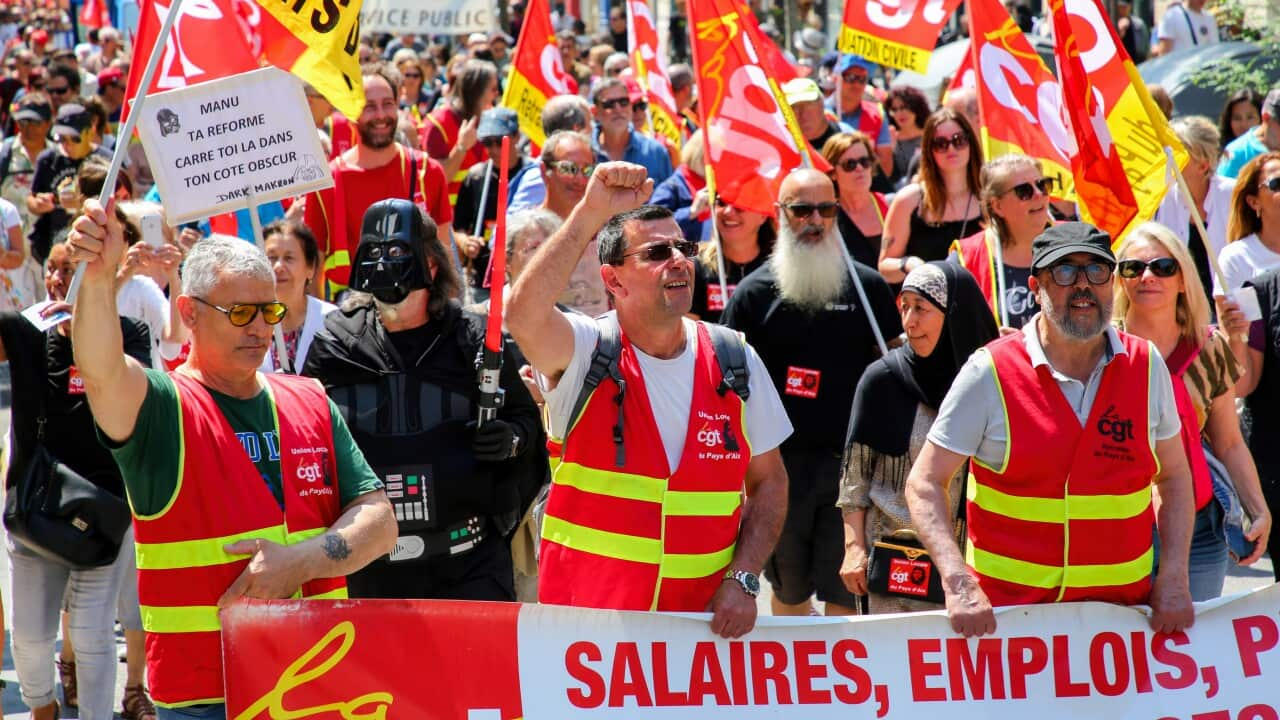Key Points
- The figures for June show there was an increase of 32,600 jobs.
- Most of the employment gains were in full-time jobs.
- The Australian Bureau of Statistics says the figures reflect a "tight labour market".
Australia's jobless rate came in at 3.5 per cent in June, with 33,000 new jobs added to the economy.
The official labour force data showed the unemployment rate hanging on at 3.5 per cent for a second month, after the May result was revised down.
"With employment increasing by around 33,000 people and the number of unemployed decreasing by 11,000 people, the unemployment rate remained at 3.5 per cent," Australian Bureau of Statistics head of labour statistics Bjorn Jarvis said.
The participation rate fell 0.1 percentage points to 66.8 per cent, down from last month's record high.
"The rise in employment in June saw the employment-to-population ratio remain at a record high 64.5 per cent, reflecting a tight labour market in which employment has recently increased in line with population growth," Jarvis said.
He said there were over a million more people employed now than before the pandemic, and a much higher share of the population was employed.
Economists were expecting to see another month of resilience in the jobs market, despite a prolonged interest rate hiking cycle.
The unemployment rate is broadly anticipated to drift up in the coming months as higher interest rates dent demand and lessen the need for workers.
Forward-looking indicators point to a weaker jobs market, with vacancies down 10 per cent from their peak in the second quarter.
While coming off their heights, job vacancies are still almost double their pre-COVID levels.
The Reserve Bank watches labour force data closely for signs that its rates tightening is working to slow economic activity to allow inflation to reduce.
The Consumer Price Index rose 7 per cent in the 12 months to March, well above the 2-3 per cent range targeted by the central bank.











